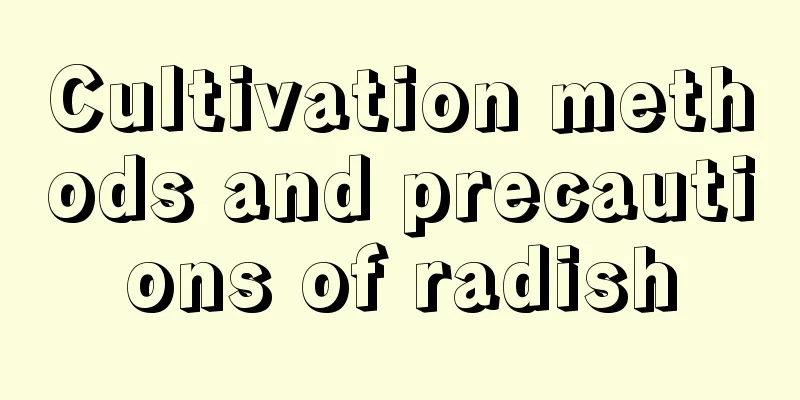Cultivation methods and precautions of fan-veined Cypripedium

1. WateringWatering is very important during the growth period of orchids. Once there is a lack of water or inappropriate water supply, it will lead to poor growth, root rot, black spots on the leaves and other symptoms. The best time to water is in the morning or evening. Pay special attention not to water at noon, and do not water directly on the head. When watering flowers, you can choose clean, unpolluted, slightly acidic water. You should also pay attention to the method of watering. Generally, spraying is chosen, which can increase the humidity in the air and also wash the leaves at the same time. The temperature of the water also needs to be paid attention to. Do not use too cold water in winter. It should be placed indoors for a while. The water temperature of 15℃ is most suitable for watering flowers. Of course, you can't use water with too high temperature to water flowers in summer. 2. FertilizationOrdinary farm manure can be used as fertilizer, but it should be piled up and decomposed for more than a year before it can be used. When applying fertilizer, be sure to apply it along the edge of the pot, and do not let the fertilizer touch the roots or leaves. When fertilizing, you can also choose to spray fertilizer on the leaves. This can reduce the damage of fertilizer to the roots of orchids and allow orchids to better absorb nutrients. When the orchid begins to grow and develop, it will not need much fertilizer, so apply thin liquid fertilizer about once every ten to fifteen days. At this time, the fertilizer should be mainly natural organic matter, which can make it grow stronger. 3. EnvironmentThe place for planting orchids can be chosen in a place that has sunlight but is shielded from the scorching sun. The air should be clean and the air humidity should be relatively high. Also pay attention to the temperature. When the temperature drops below zero in winter, move it into a warm room in time to avoid frostbite. The temperature should be kept at 15℃ in winter and 5℃ at night. In late autumn and early winter, heating should be used to promote the maturity of the plants. Do not heat continuously for 24 hours a day, and the heating temperature should not be too high, not exceeding 25℃. |
<<: Cultivation methods and precautions of Paphiopedilum voluteum
>>: Cultivation methods and precautions of Dendrobium officinale
Recommend
Flower language and meaning of Gloriosa
The Flower Language of Gloriosa Glory: Glory Orig...
When is the best time to bag the gourd?
The role of gourd bagging It is pesticide-free an...
How to grow begonia in summer
1. Light intensity Begonias are very sensitive to...
How to fertilize azalea
1. Types Fertilizing requires controlling many th...
Cultivation methods and precautions of Meiguanlan
1. Growth habits The orchid has high requirements...
How often should I water the small-leaf red sandalwood? Watering precautions
How often should I water the small-leaf red sanda...
Cultivation methods and precautions of Pink Lady succulent
Pink Lady Succulent is a succulent plant belongin...
Is a deep or shallow basin suitable for a smooth sailing?
Should I use a deep or shallow basin for smooth s...
Can Lycoris be grown at home?
1. Can it be kept at home? The flower shape of Ly...
How long is the growth cycle of chicory?
Introduction to Chicory Growth Chicory mostly gro...
Potted honeysuckle planting method, time and planting conditions
1. Planting conditions 1. Temperature: If you wan...
When is the best time to spray herbicides?
In the process of weed control, it is crucial to ...
How to plant trumpet creeper?
Trumpet creeper has beautiful flowers that easily...
How to water gardenia after repotting
Gardenia Watering Overview When watering gardenia...
When is the best time to repot succulent plants? What is the best season to repot succulent plants?
Succulent plant repotting time Succulent plants n...









